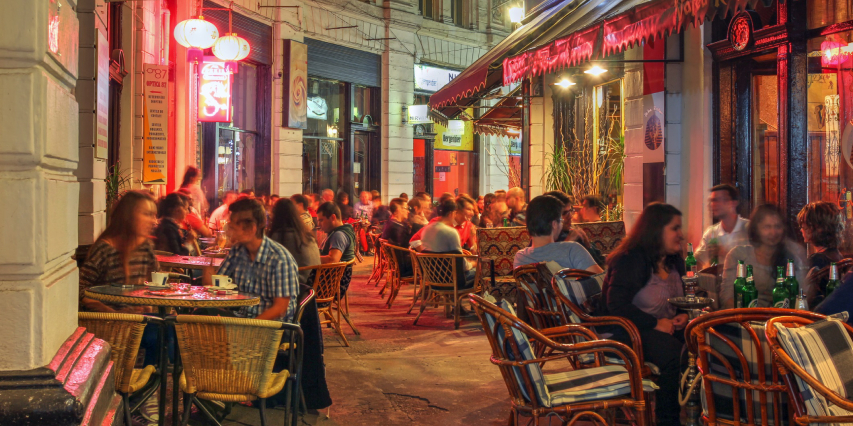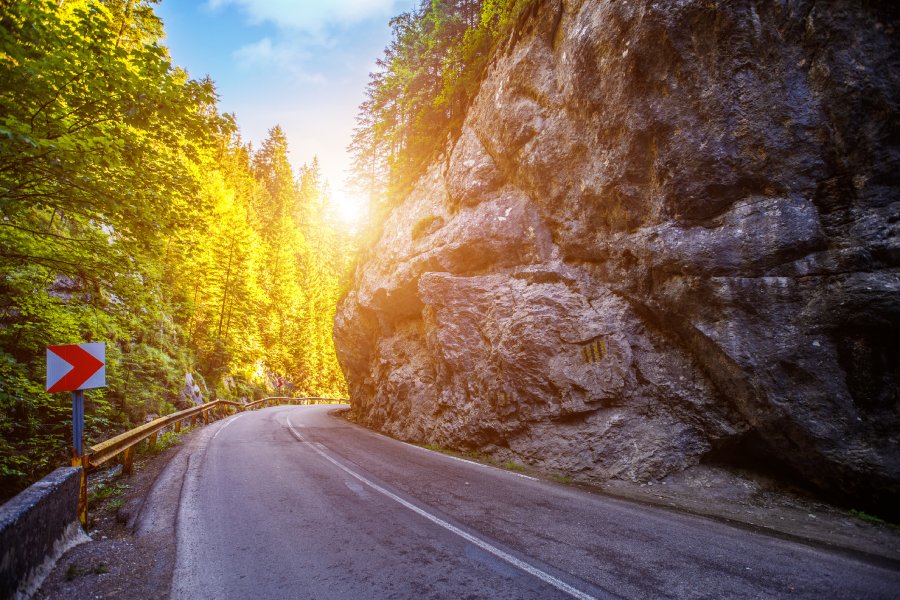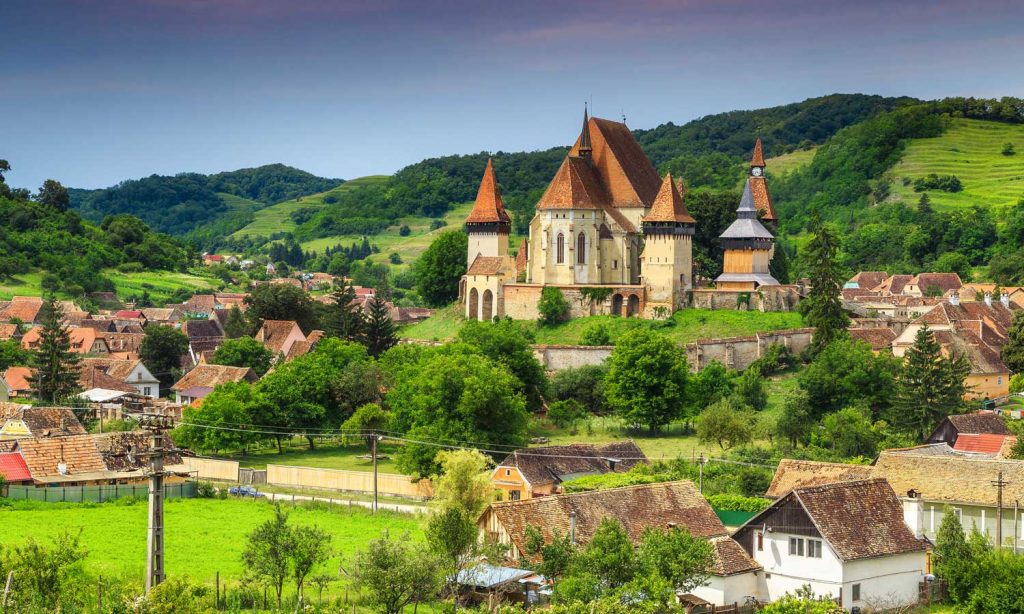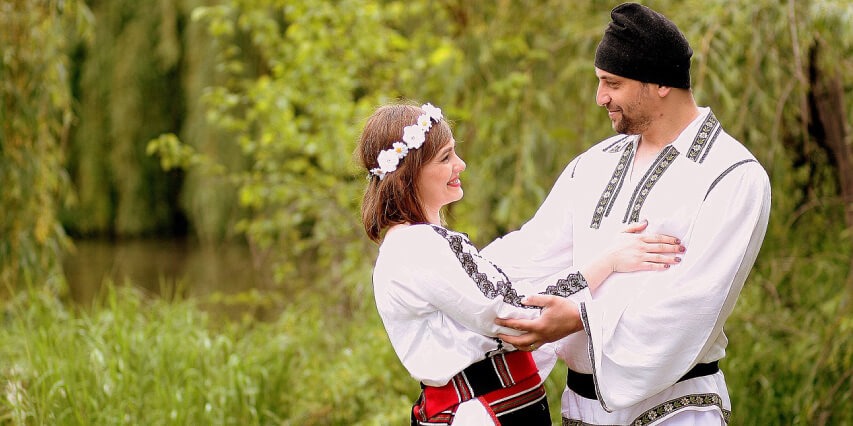If you are planning a trip to Romania, you have probably started to get a feel for the country by looking online. You have probably also begun telling family and friends about your upcoming trip. Whatever your method for learning more about Romania, you have undoubtedly heard tons of stereotypes about this beautiful country. We are going to address the most popular seven stereotypes and tell you how true those stereotypes really are!
1. Romania is full of gypsies
This one is false. There are gypsies in Romania, but the gypsy population is only 3% of Romania. Gypsies are also known as the Romani, so this could have been part of the confusion. What more likely gets people to associate gypsies with Romania is the fact that the gypsy population is not very well integrated in Romania.
There are many reasons for this, but what results is that it is very easy to spot gypsies on the streets – even if they are doing nothing wrong and not trying to call attention to themselves, you can normally spot gypsies by their dress. Gypsies also tend to be stereotyped as aggressive beggars, but the vast majority are not. When you travel to Romania, you can get a better picture of the gypsy people. There are even gypsy palaces in Romania!
2. Romania is a dangerous place to visit

This is also false. This stereotype is probably related to the gypsy one; people say gypsies are dangerous and that this means that Romania is dangers. This is just a stereotype on top of a stereotype. Romania is a very safe place to visit, and a beautiful place too! Romania has one of the lowest crime rates in all of Eastern Europe, and Romania’s crime rate is 39% lower than Japan’s! What is more, Romania’s crime rate is 75% lower than the US crime rate.
Of course, there is some crime in Romania, and if you travel to Romania and flaunt your wealth or are careless with your belongings, then you might run into petty theft. Also note that whenever you travel abroad, if you call attention to the fact that you are a tourist and/or a foreigner, that will automatically make you a target. Overall, Romania is a very safe country. You just need to use average caution.
3. Romania is dirt cheap
This is mostly false (but has some truth). Some people from Western countries hear about how cheap Romania is and assume that Romania is a third-world country or that everyone lives in slums. Yes, the average wages in Romania are as much as a third or a quarter of the average wages in many Western countries.
However, this does not mean that Romania is a poor country or that the Romanian standard of living is lower. Yes, you can travel on a budget, but nothing is free. The best deals you can find in Romania revolve around food – you can go to any city and find a $4 lunch menu or a $1 coffee. Your hotel won’t be that cheap, but you will find all the accommodations, luxuries, and services that you can find in any Western country.
4. People ride donkeys and horses instead of cars
This is also half false (and half true). This stereotype again stems from the idea that Romania is super cheap and is an undeveloped country. The truth is that in some areas of the country, it is not uncommon to see people riding on horses and donkeys. But in the cities, many people rely on their cars for transportation.
5. The roads in Romania are awful

Ok, so some people know that Romania has cars, but have the stereotype that the roads suck. This one is also only half true. Romanian infrastructure has improved significantly, but in some parts of the country it is not amazing.
The main problem is that Romania does not have as many highways as most neighboring countries, which means if you are relying on your car for cross-country traveling, it will probably take longer than you are used to. Despite this, the quality of the roads is fairly good, so you should have no problems there!
6. Romania is part of the Caucasus. or Many Romanians speak Russian
Both of these are false. First of all, Romania is on the other side of the Black Sea from the countries of Caucasia. And while many Eastern European countries were occupied by the Soviet Union from about 1944 to 1989, Romania managed to escape occupation. Romanian ruler at the time, President Gheroghe Gheorghiu Dej, convinced the Soviet regime that Romania would be a steadfast supporter.
Because of this, the Soviet Union did not believe it would be necessary to have Soviet occupation in Romania. This meant that Romania could maintain its own culture and language and did not have to learn Russian. However, many Romanians do learn other languages.
Romanian is a Latin-based and is actually the closest living language to Latin itself. This makes it easy for Romanians to learn other Romance languages, like French, Spanish, Portuguese or Italian.
7. Transylvania is a made-up country

If you have been doing some research on where to visit in Romania, you already know that this one is false. Alright, Transylvania is not a country that was made up to make entertaining vampire stories. In fact, Transylvania is not a country at all. However, it is not a made-up place.
Transylvania is a region of Romania that is known for much more than just vampire stories. It is a very large region of Romania and has gone through many power changes, even though the people there have been around since the Dacians (the ancient civilization of present-day Romania). Transylvania is definitely worth a visit on your next trip to Romania!
We hope that we have helped you learn more about Romania and clear up some misconceptions that you might have had about this beautiful country. If you hear others spreading these stereotypes, now you have the information to correct them!
